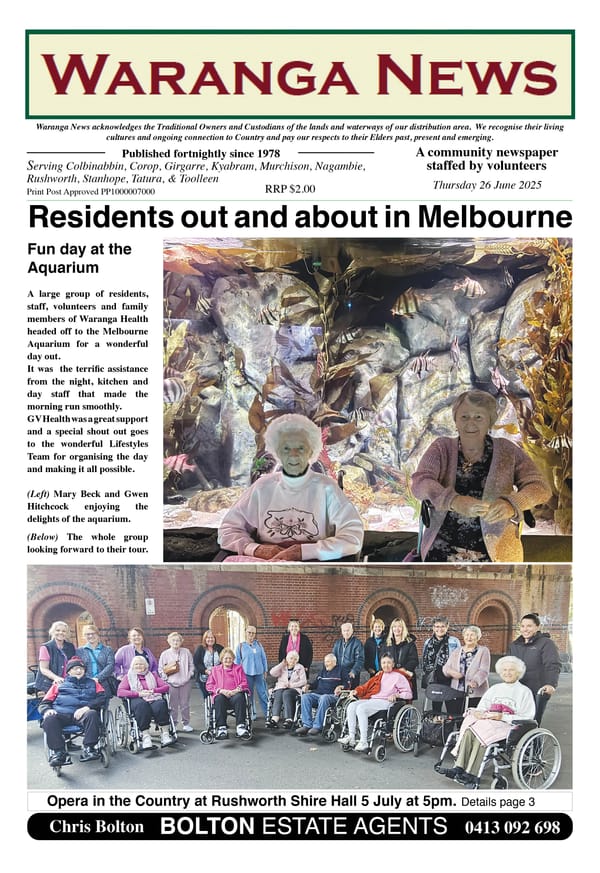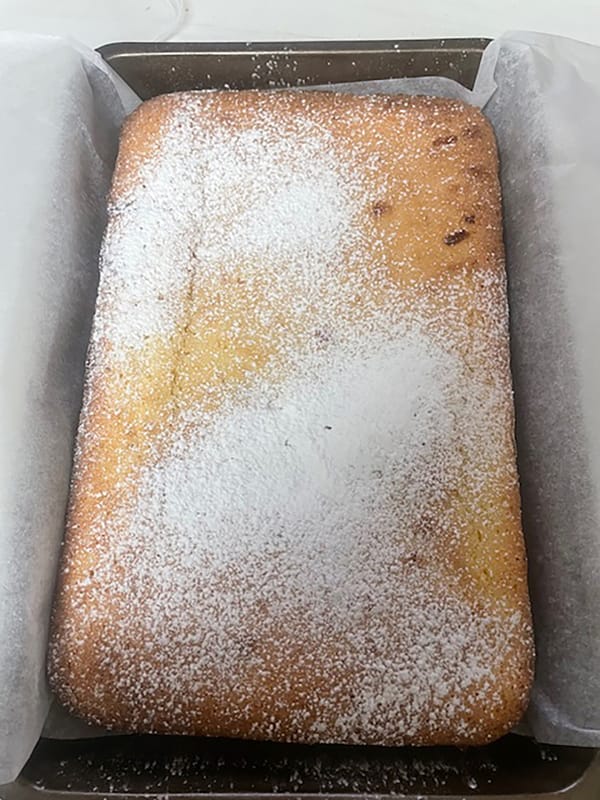21. Other occupations

Previous stories have shown that not all Chinese immigrants in the latter half of the 19th century were gold miners. Many were engaged in other occupations or running businesses. In the Waranga area, involvement in the pastoral industry and in market gardening was not uncommon.
Like the immigrants from other countries, the Chinese coming to the local area had a vast range of skills that could be employed as an adjunct to, or alternative to gold mining. There were skilled and unskilled labourers, tradesmen and professionals, as well as entertainers, medical practitioners and herbalists, teachers, interpreters, merchants, spiritual leaders and many others.
INTERPRETERS
One of the important roles on the goldfields was that of interpreter. When the system of wardens or protectors was set up in the mid-1850s, those appointed to the positions were European. Therefore, they needed interpreters to be able to communicate with the people they were supposed to be “protecting”. Problems included difficulty in sourcing interpreters and the fact that there was no one Chinese language. Although many of the immigrants who came to the Waranga area were from south-eastern Guangdong province, there were different dialects spoken in different places.
Obviously, interpreters were needed to address clashes between European and Chinese miners, such as the one described in an earlier story. They were also often required in legal proceedings such as inquests into deaths. In 1866, Ah Lick gave evidence through an interpreter at the inquest into the death of his brother, Ah Owen, a miner who had died at Whroo aged about 44, from heart disease. The brothers had come from Canton (now Guangdong) province in south-eastern China.1
IRRIGATION WORKS AND HAWKING
Some Chinese workers found employment on irrigation infrastructure projects which were being built in the latter part of the 19th century. “A Chinese named Ah Gow, who had been subject to fits, died very suddenly at one of the camps on the main channel works, near Murchison, on Tuesday (17.9.1889).”2
There was an Ah Gow who was a market gardener at Graytown ten years earlier. This may have been the same person, although it seems to have been a fairly common name. The Graytown Ah Gow employed another Chinese gentleman called Ye Geen. He worked as a hawker, travelling far and wide on a horse and cart selling vegetables. Although his name is not well known, many will know of him as the man killed when his spring cart rolled over on what is usually referred to as Chinaman’s Bend – high up on the Mount Camel range on the road east from Toolleen.
Ye Geen was travelling around the Mount Pleasant area – Toolleen, Redcastle, Cornella, Gobarup etc – selling produce when he had the fatal accident. His body was conveyed to McKee’s Hotel at Redcastle, where the coroner’s inquest was conducted by a local JP. Ye Geen was identified by Ah Gow, who advised that he was from Canton region, was 49 years old and partial to opium smoking. Apparently, he had a relative living in Heathcote.3
ENTERTAINERS
Gold miners – both Chinese and European – were starved of amusements on the goldfields. Touring performers would visit mining settlements. Although unreferenced, one local historian claims there was a visit to Whroo by a Chinese dramatic company in 1860 that attracted “several hundred Chinese from surrounding goldfields gathered in the Whroo Chinese camp and went wild with excitement”.4 Europeans also attended the two performances in a large marquee and enjoyed the show, even though it was performed in a language they did not understand.
Performing for their countrymen provided another avenue of employment for some Chinese who were in Australia at the time, or perhaps visiting specifically for that purpose. Enterprising entrepreneurs amongst the Chinese immigrants would have arranged the tours.
We tend to have a stereotypical view of the Chinese who came to the area during the gold rush i.e. they were all poor farmers who indebted themselves to come here in the hope of getting rich quickly then going home. In fact, they were a much more eclectic group with a wide range of skills that benefitted their new communities. Many stayed to make their lives here.
SOURCES: 1 PROV File 1866/196; 2 Kyabram Union (newspaper) 20.9.1889; 3 PROV File 1879/207; 4 Hammond, Joyce, The Golden Years of Rushworth and Whroo p117



